Moving from your swift and long swings to more controlled and precise putting is not easy. At the start of the game, it’s all about power and speed; faster and stronger swings drive the ball closer to the hole. However, as you progress, you’ll eventually reach the greens and need to shift that energy, focusing now on accuracy and precision instead. At this part of the game, you’ll definitely need to calm your nerves.
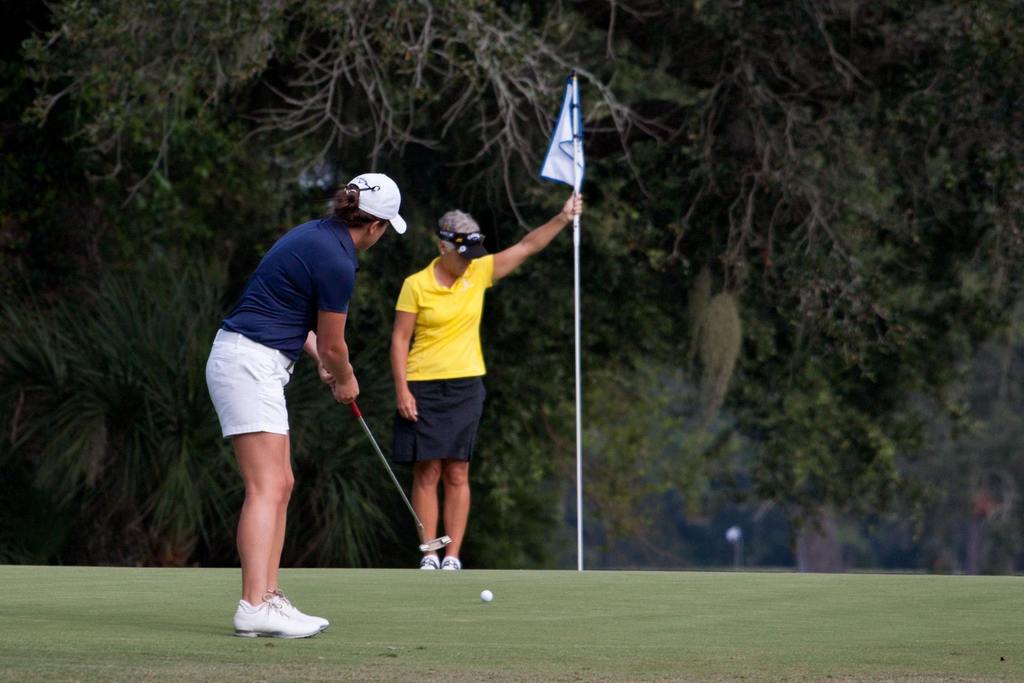
How Hard Can It Be?
Many players tend to overestimate their putting skills. While the greens may seem like a smooth and easy terrain to play on, it can actually be quite a challenge since the green is usually a sloped area. It’s often the grass that makes the area seem quite flat.
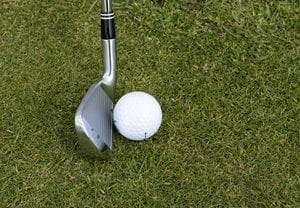
First Challenge: Choosing Your Putter
Unlike the other types of golf clubs, putters are more varied. There are multiple styles and forms. Putting is actually one of the most personal plays in golf, with players opting for their own methods and techniques. Essentially, putting is about the feel. While there are definitely ways to get better at it – mostly with constant practice and drill repetition – working on what feels right for you is the first step to putting better. And this can only be possible when you’ve picked out the right putter for you. Try out a bunch of putters and when you’ve made your pick, you can apply some of these other putting tips from Golferpros.
Putting Basics
The Left Hand Guides the Putter
The major challenge to putting is control. While the initial strikes of the game were aimed at getting the ball to travel further, this part of the game requires accuracy over distance.
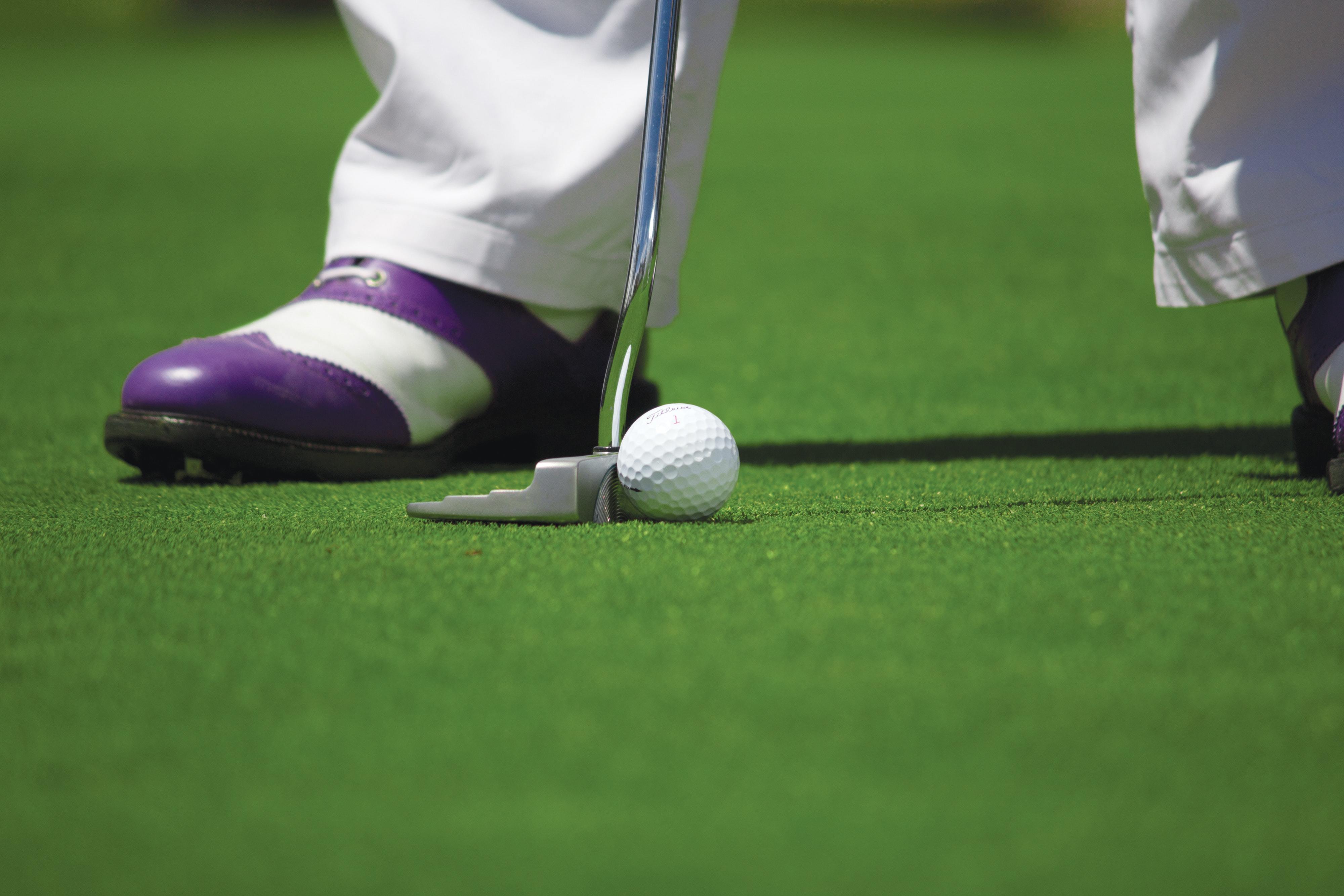
In fact, putting too much force into your shot could push the ball farther from the hole instead. While controlling the path of the ball is not the easiest task on the greens, one way to gain better control is to use one hand as a guide while the other puts in the power for the swing. If you are right-handed, allow your left arm to guide the putter while your right arm puts in the force for the swing (Vice-versa if you are left-handed).
Take your guiding arm and allow the grip to align with your hand. This will keep the shaft steady as you lean it against your guiding forearm. By using the club as an extension of your arm, you gain better control of your shot.
Hold the Putter Using Your Fingers
Your arm may serve as a guide for your putter but you should use your fingers to hold the grip. This has to do with anatomy; the muscles on your shoulders and arms may be stronger, but the muscles in your fingers are built for dexterity and precision; movements are finer and can be better controlled.

Proper Positioning
Feet Apart
Like all other movements, positioning is important. The base of your stance starts with your feet. If your feet are set too far apart, you will not be able to keep steady enough for a good putt.

Wider stances are better for rapid movements, which is definitely not what you need when putting. A good practice is to keep your feet slightly apart, with about a foot distance between them. By bending your knees a bit, you’re likely to see some improvements on your next putt. One thing to note, however, is that knees are bent more on other swings since you need to swing your hips more. When putting, you don’t need to swing your hips that much so you’ll only need to bend your knees slightly.
Keep Putter at a Constant Distance
Consistency is another thing you’ll need to work on. While the ball won’t likely end up in the same spot every time you need to putt, controlling your swings means keeping your stance, and your hold of the club consistent.
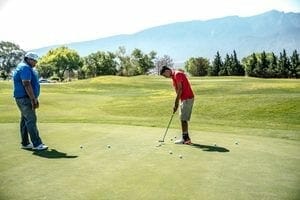
This means that you should work on keeping the distance of the clubface to your chest constant. The next time you putt, take note of how bent your elbows are. These should be half bent and kept that way throughout your swing.
When players straighten their arms during a swing, or bend their elbows more, this creates an inconsistency to their shots. While this is not as noticeable in other plays, especially since the ball travels a much greater distance in most cases, this can really affect your putting. By keeping your elbows half-bent throughout the entire swing, you can keep your swings more consistent and gain better control in return.
Tilt Your Upper Body
One way to get a more stable swing is to tilt your body forward. A tilted stance should have your eyes directly above the golf ball and your arms placed under your shoulders, perpendicular to the ground.
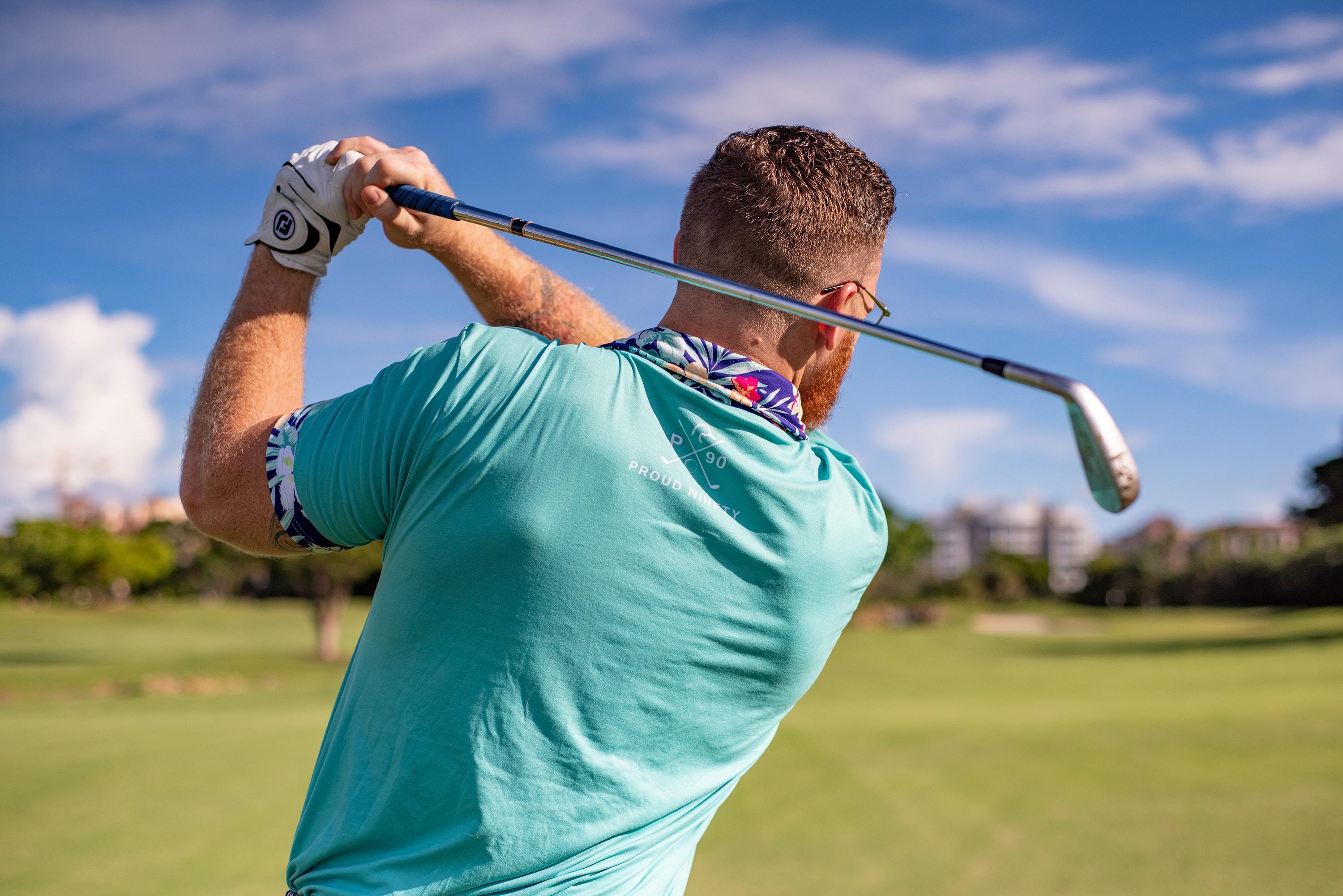
Before you fix your body positioning, be sure to have the right fitted putter and the right grip as well. There are various tools that you can use to check whether your clubs are the right fit.
Rotate Your Shoulders
Some golfers like to move their wrists when they are putting. This technique might work well for some but if you strike the ball by rotating your shoulders, and keep your arms close to your sides at all times, you will have greater control on the direction of the ball.
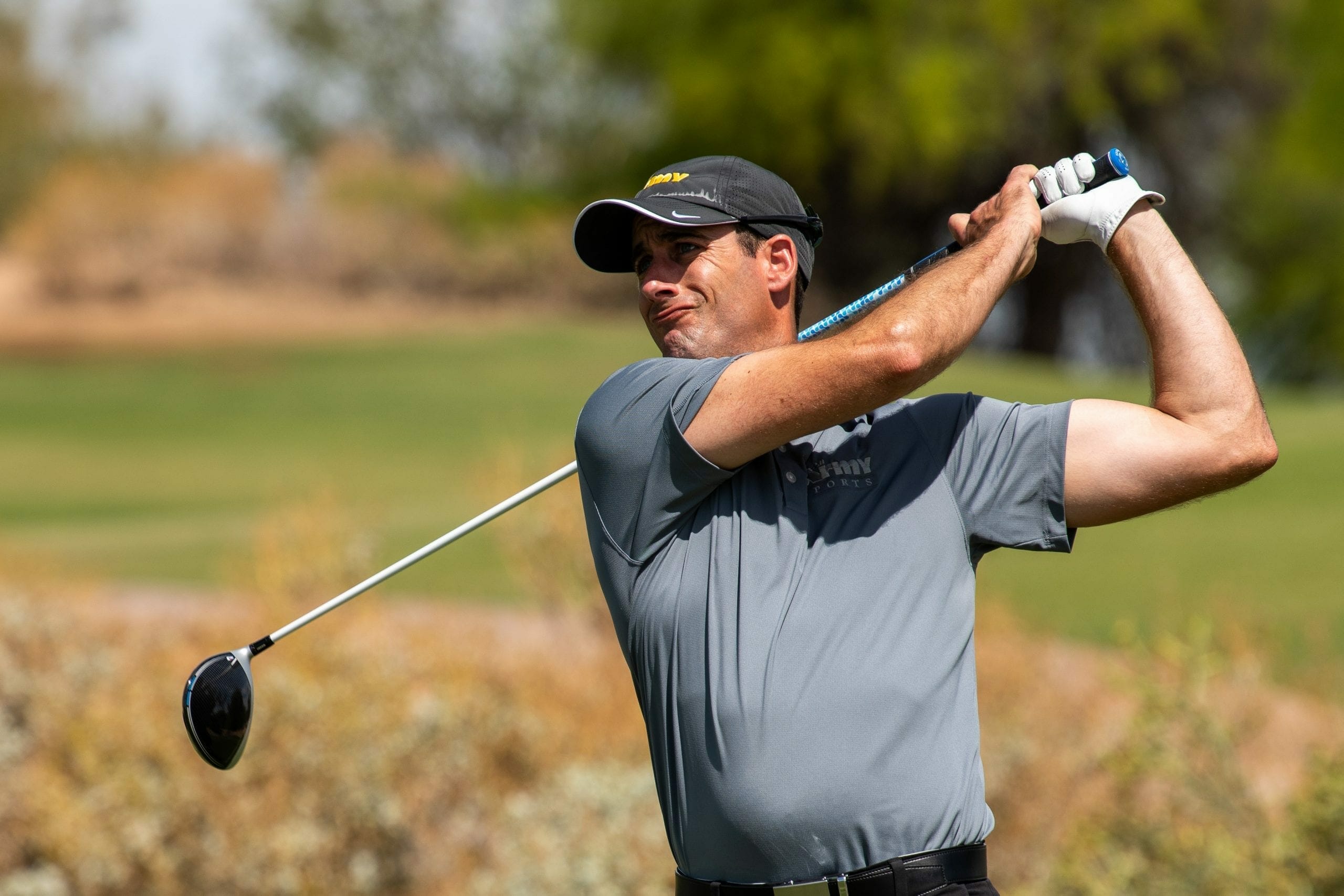
However, the rotation of your shoulders should be minimal because you should not be striking the ball too hard. In order to control the degree of rotation required, practice putting by standing on your left foot. When you do this, try to stand still throughout the entire swing. This also helps improve your balance.
Some experts would recommend not moving your wrists at all in order to maintain better control of the stroke. Your arms and the putter should move like a single object. You can practice this by placing a golf ball between your right wrist and your putter’s grip. When you swing, try to not drop the ball.
Stroke Technique
Strike Using the Clubface Center
If you hit the ball with the central part of the clubface, you will have better control of its direction and speed. When you practice, you can place two sticky objects on the clubface to frame the center. If the ball did not hit the center, it will get pasted and it will get nowhere.
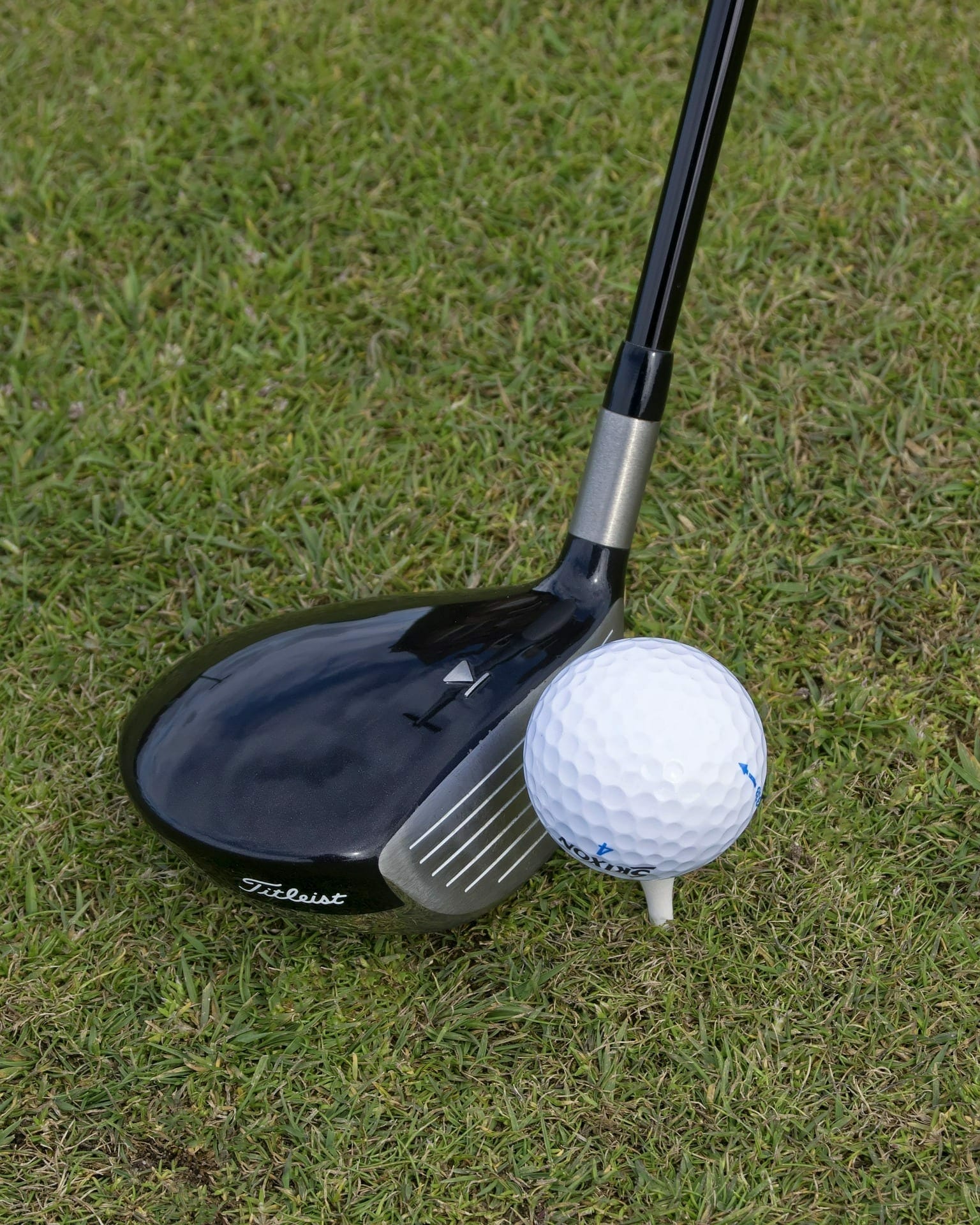
There is a method to find the exact place of the clubface where you should hit the ball. If you hold your putter vertically, from the middle of the shaft, and tap the clubface with your other hand, there will be a point where the clubface will stop twisting and move straight backwards. That is the best place where you should hit the ball because it will give you very good control of the ball’s trajectory. It is somewhere in the center of the clubface, but in some specific putters it may move a little to one side.
Consistent Speed On Your Stroke
The putter should hit the ball at a constant speed. If it is accelerating or decelerating during the strike, you will have less control of the ball’s speed. In order to strike the ball with a constant movement, first calculate the direction of the strike.
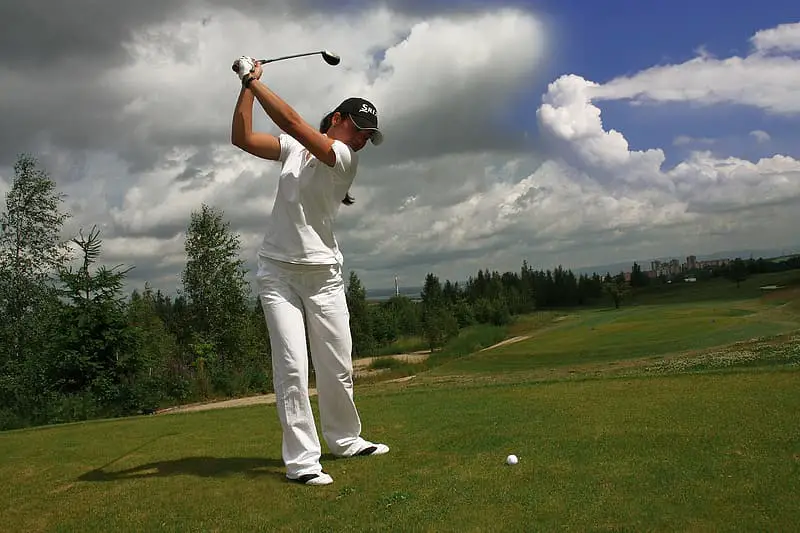
Next you move the putter backwards and pause for one or two seconds. Finally you let the putter fall like a pendulum. This simplifies the process of putting.
Control Mastery
Less Focus on the Ball
Golfers tend to get nervous and excited on the greens. With the hole in sight, it can be quite thrilling. A trick that can help you focus better on your swing is to not keep your eyes on the ball.
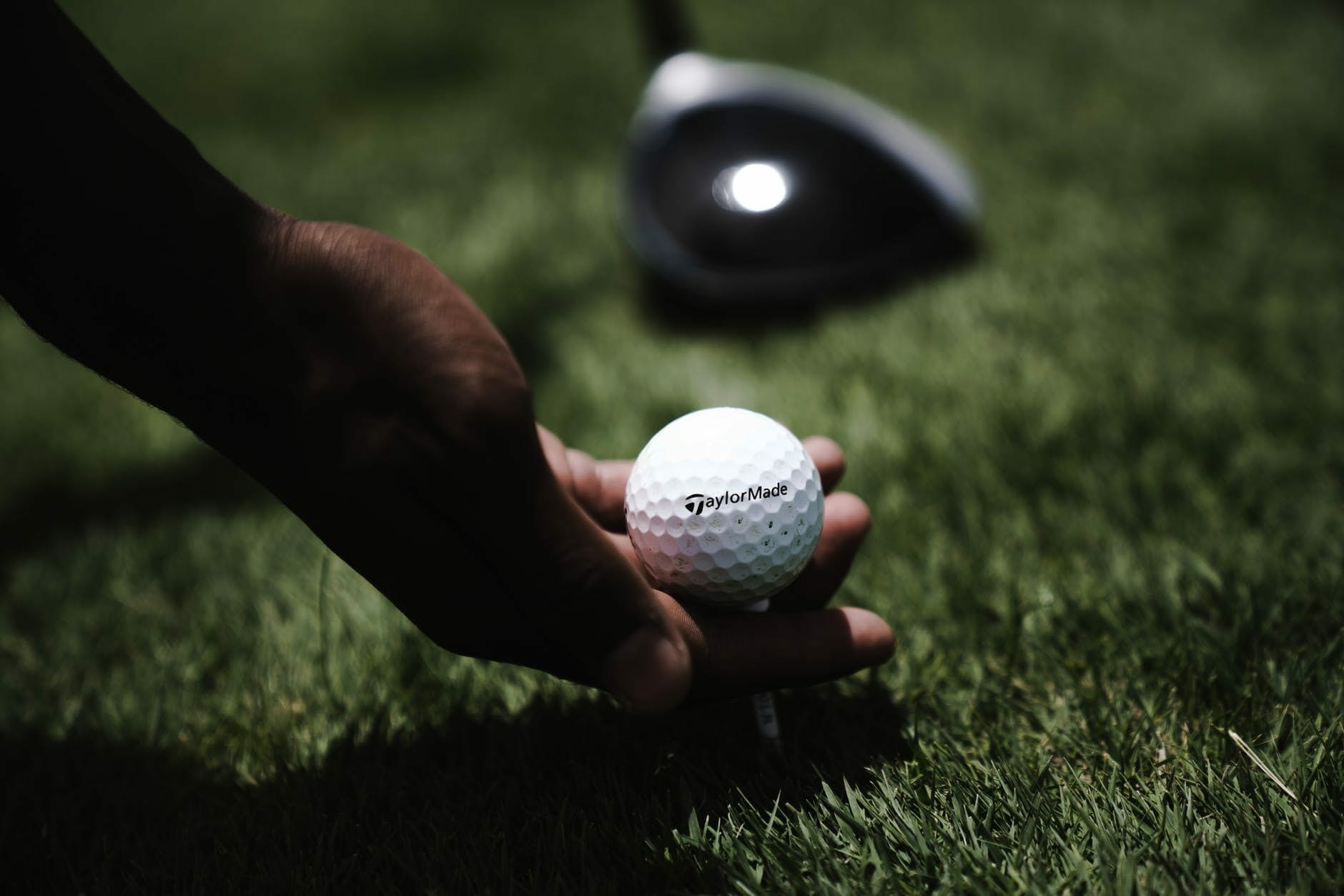
While this can seem quite counter intuitive, visualizing where the ball will go can help you direct the ball towards that path instead. Keep your eyes set on that area between the ball and the hole. This will also help keep your body steady, and your swing more precise since you are likely to avoid extra body movements. When you have your eyes on the ball, your body tends to move with it as you start your swing.
Let the Ball Roll into the Hole
Putting is all about rolling the ball. You should avoid hitting the ball too hard, lifting it or making it bounce on the green. The type of strike you require here is more about precision.

During practice, you can place your putter vertically just before it hits the ball and align your body with the putter. When striking the ball, tilt the aft slightly towards the ball to make it roll on the green.
Ball Direction
Practice controlling the direction of your stroke. You can do this by placing the ball on the green and using tees or lines to frame the path of the ball. Use this as a guide to see how well you can keep the ball on your desired path.
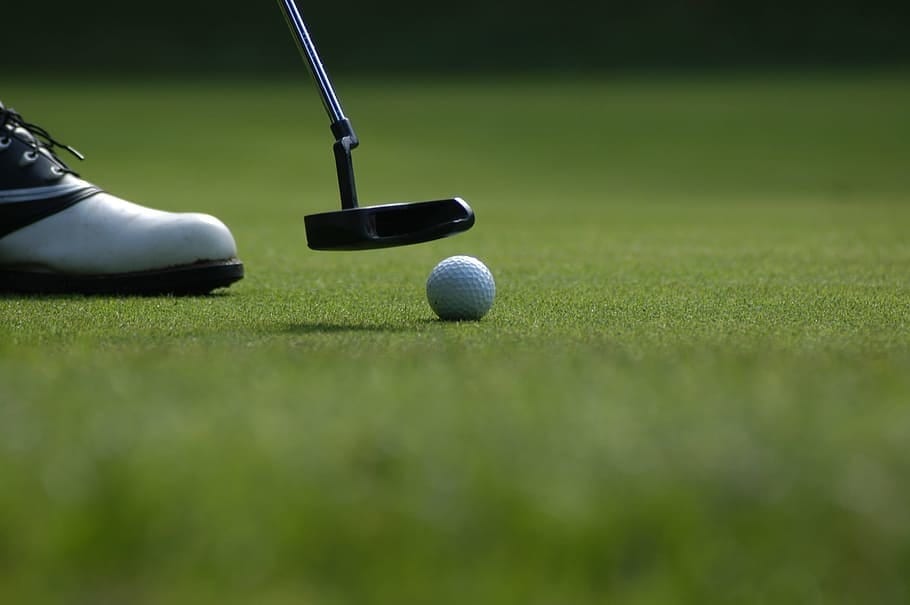
One way to improve your stroke direction is to alight the toe and heel of the putter during your swing. The toe of the putter tends to advance ahead of the heel of the putter. One drill to check whether these are aligned during your swing is to strike two balls at once. Align the balls perpendicular to the trajectory to the hole so that you can hit both of them at the same time with one strike (one with the heel of the putter and the other one with the toe of the putter). Try to make both of them advance at the same speed.
Control Swing Speed
The importance of controlling swing speed is based on two main factors: First, you need a lot less speed in putting than in other parts of the game; second, some greens can be small or large so there can be a wide range of putting speeds that you’ll need for each hole. After setting your stance and grip, the only way to improve your speed control is to practice. There are drills that can help improve this skill.
One drill involves drawing a circle on the ground and putting the ball from varied distances. You can also place a set of five golf balls placed along a line with 1-3 feet intervals from the hole or circle. The goal is to put each ball into the hole, starting from the closest to the farthest one. With this drill, you should gradually increase your swing speed. You should also do this dril on downhill or uphill slopes.
How to Read the Green
Reading the green means understanding the slope and the texture of the grass. First, look for the highest and the lowest part of the general terrain. The green’s orientation might be related to that general slope. Look for the places where the water would go if it rains and try to define that slope. Next, look at what happens with the balls of the other players as they play on the green and try to determine its slope. Finally, look at the direction in which the grain of the grass grows to determine how that will affect the break of the putt.
Plumb Technique to Calculate Slopes
If you want a precise calculation of the slope of the green and the direction to which you should aim your strike, you can use this technique. However, this technique only works for flat inclined planes. Stand directly adjacent to the hole and the ball.

Hold your putter vertically. Your grip should be loose enough that the shaft can swing like a pendulum. The bottom of the shaft should cover half of the ball. Since gravity will orient the putter to a vertical position, the side of the shaft where the hole appears will indicate where the lowest part of the slope is. Additionally, if you draw a line from the hole perpendicular to the shaft, that intersection is the place where you should aim your strike. If you do so, gravity will curve the ball’s trajectory towards the hole.
Conclusion
Your golf game ends when you put the ball. Thus, your putting skills definitely matter. Since putting can be quite different, it is one of those areas that golf players constantly want to master. The fun thing about putting is that you’ll find that golfers tend to have their own methods. While the tips we’ve provided can help you improve, the only way to actually get better is to practice and play more. Don’t be afraid to try out different putters or learn new techniques from others. golfers. You’ll find that there is always something new to learn.
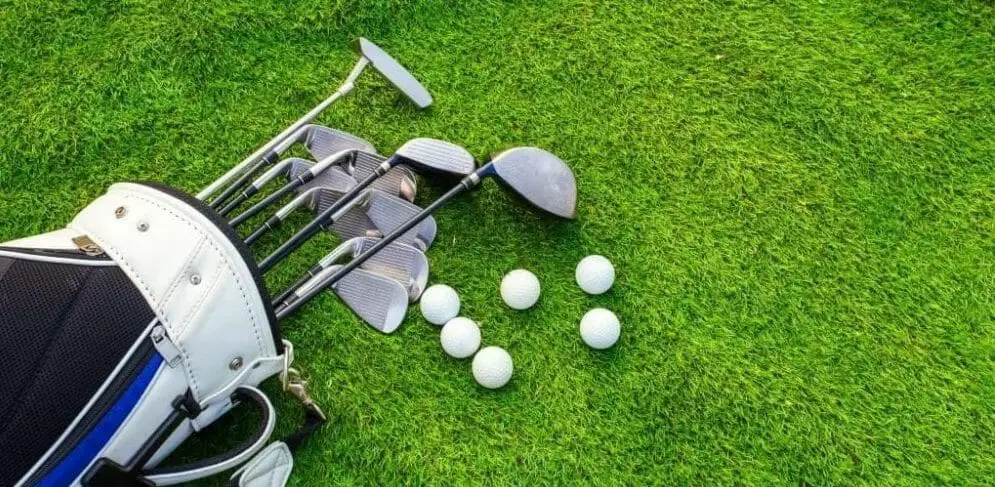
No responses yet